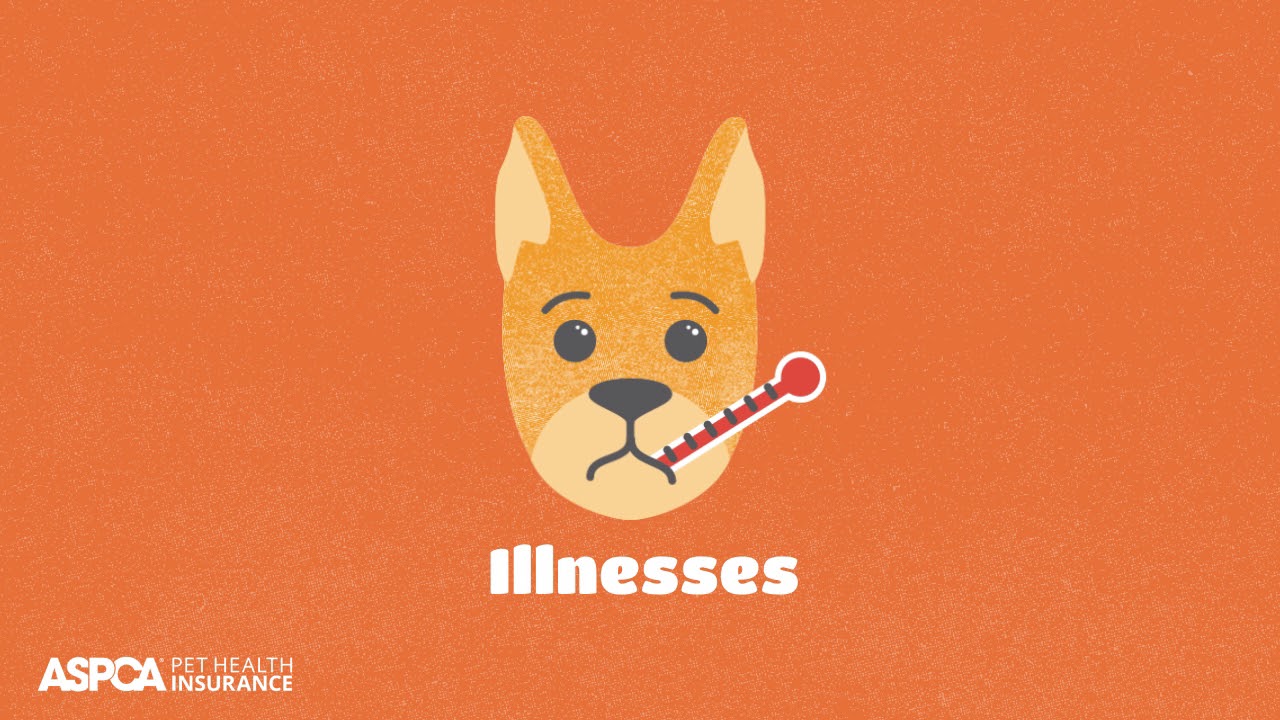
In the Affordable Care Act, this term is used. The term is used to refer to the coverage standards that a health plan for a large group must meet. This term helps you qualify to receive a subsidy on the exchange if you have employer-sponsored health coverage that does not meet minimum values.
Minimum Value Standard
It is one of ten requirements that every qualified health plan must meet to qualify for an exchange subsidy. It is designed to ensure that plans cover at least 60% average medical expenses and offer substantial coverage of inpatient hospital and physician services. This coverage is usually included in a plan's summary of benefits and coverage (SBC).
Definitions of minimum value
According to the ACA, the term minimum value means that an employer sponsored health plan must offer adequate coverage to employees. It also means that the plan must provide enough coverage to meet a certain threshold level, called the actuarial value, which is based on the average cost of medical services.
For a premium credit, a policy must offer at least 60 percent its actuarial amount. This is not a large amount, but the fact that it can allow employees to purchase insurance at a much lower cost than they would have otherwise had to is important.

In mathematics, the terms "minimum and maximum" are used to define the smallest or largest value of a specific function. These terms are used a lot in mathematical analysis, and it can be hard to understand the significance of this type of numerical data without understanding what they mean.
A second important point to note is that the minimum value concept is distinct from all other related concepts. The terms "minimum" and the "minimum essential" coverage are sometimes confused.
The confusion is exacerbated by the fact that both terms are used in different ways and have different definitions within the ACA. The minimum essential coverage regulations of the ACA require that a plan providing minimum essential protection must include the ten health benefits outlined by the ACA.
In order to qualify for the tax credit, plans that do not cover minimum essential coverage must still provide some of the essential health care benefits. The ACA mandates that everyone has health insurance.
It is important to understand this confusing concept. If you don't have a health insurance policy that meets the minimum essential coverage requirements, you will be liable for a tax penalty, which is known as the individual responsibility penalty.

The Affordable Health Care Act defines "minimum-essential coverage" as a "coverage that offers a minimum degree of protection." This includes job-based health insurance, individual market policies, Medicare, Medicaid, CHIP, TRICARE and certain other coverage.
The ACA also mandates that every health plan provided by an employer offer a minimum percentage of benefits as essential healthcare benefits (EHBs). Preventive services, prescription medications and maternity care are all included. Some employers will also have to offer other EHBs like dental or vision.